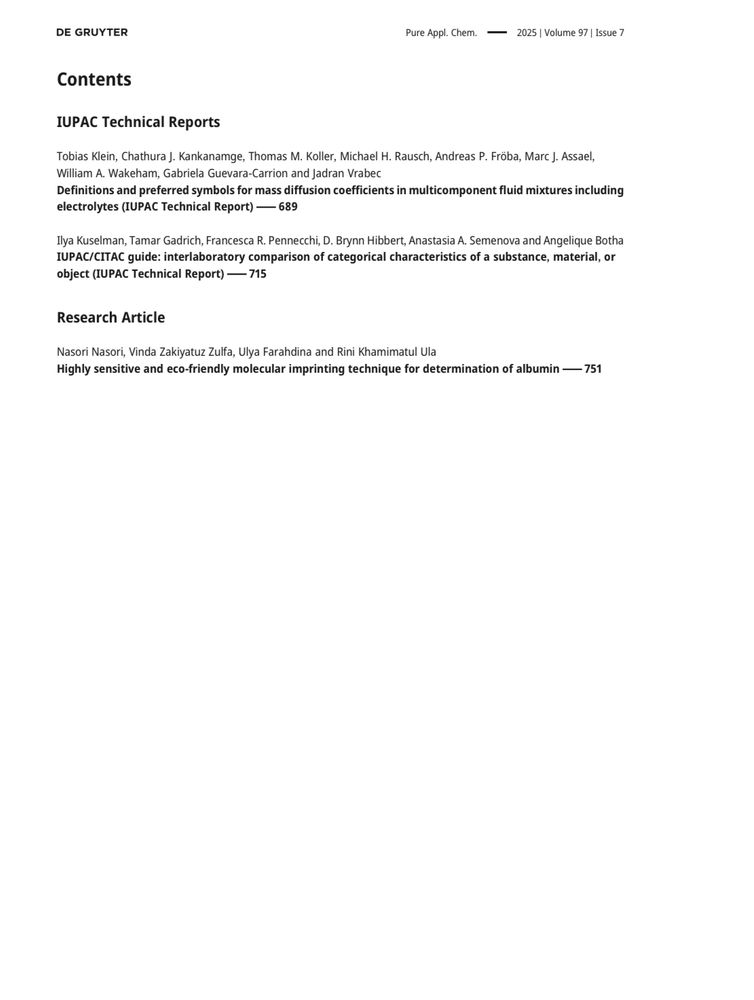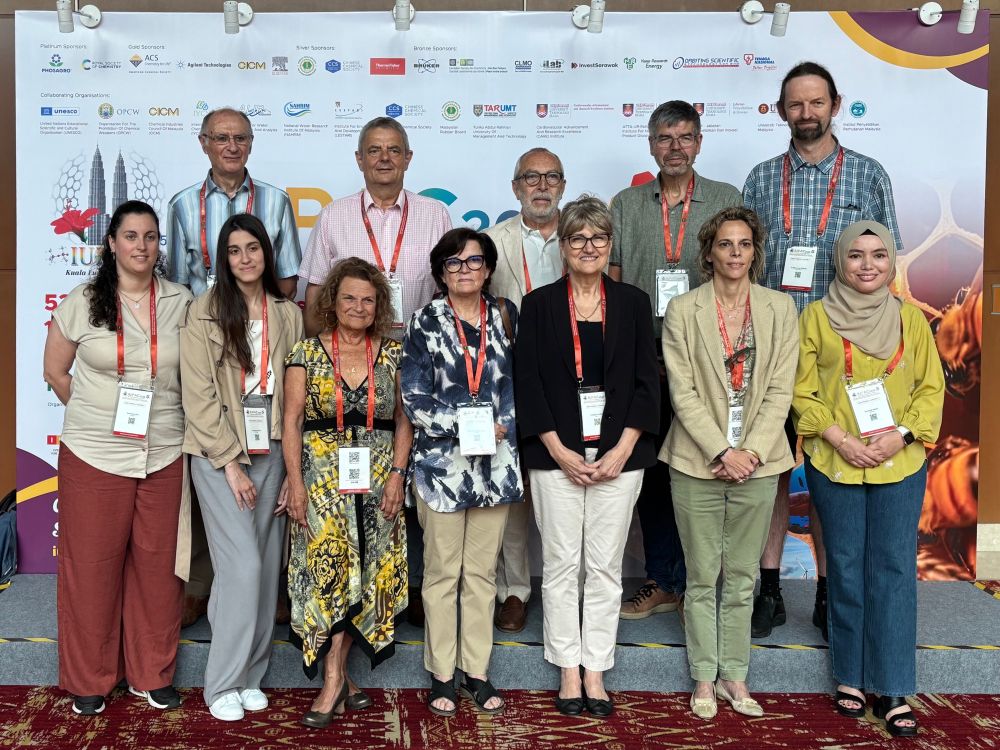@larsohrstrom.bsky.social
110 followers
250 following
12 posts
MOFs, Popular Science author, IUPAC, Chalmers, Gothenburg, Sweden
Posts
Media
Videos
Starter Packs
Reposted
Reposted
Sciences
@sciences.skyfleet.blue
· Aug 31
Mechano‐Bactericidal Surfaces Achieved by Epitaxial Growth of Metal–Organic Frameworks
Mechano-bactericidal surfaces based on metal–organic frameworks (MOFs) are designed using a MOF-on-MOF strategy. Two methods of MOF surface assembly, in situ growth and ex situ dropcasting, are applied. Distinct mechano-bactericidal actions are discussed, including stretching, impaling, and mechanical injury.
Abstract
Mechano-bactericidal (MB) surfaces have been proposed as an emerging strategy for preventing biofilm formation. Unlike antibiotics and metal ions that chemically interfere with cellular processes, MB nanostructures cause physical damage to the bacteria. The antibacterial performance of artificial MB surfaces relies on rational control of surface features, which is difficult to achieve for large surfaces in real-life applications. Herein, a facile and scalable method is reported for fabricating MB surfaces based on metal–organic frameworks (MOFs) using epitaxial MOF-on-MOF hybrids as building blocks with nanopillars of less than 5 nm tip diameter, 200 nm base diameter, and 300 nm length. Two methods of MOF surface assembly, in situ growth and ex situ dropcasting, result in surfaces with nanopillars in different orientations, both presenting MB actions (bactericidal efficiency of 83% for E. coli ). Distinct MB mechanisms, including stretching, impaling, and mechanical injury, are discussed with the observed bacterial morphology on the obtained MOF surfaces.
advanced.onlinelibrary.wiley.com
Reposted
MOF Papers
@mofpapers.bsky.social
· Aug 12
Reposted
Reposted
Reposted
Reposted
Reposted
Reposted
Reposted
Reposted
Reposted

















